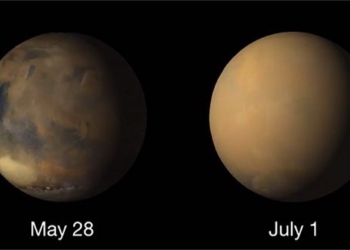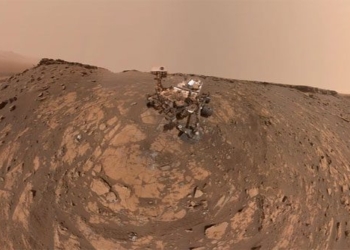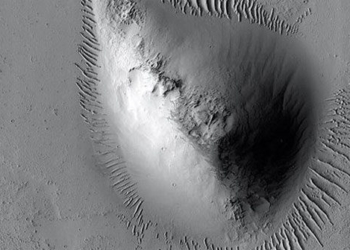The ambitious mission of the Japan Aerospace Exploration Agency (JAXA) is expected to enhance our understanding of the origins and evolution of Mars in particular, and the Solar System in general.
As Mars is a target for many countries around the world, Japan has chosen a rather interesting goal: Phobos and Deimos – two of the moons of the Red Planet.
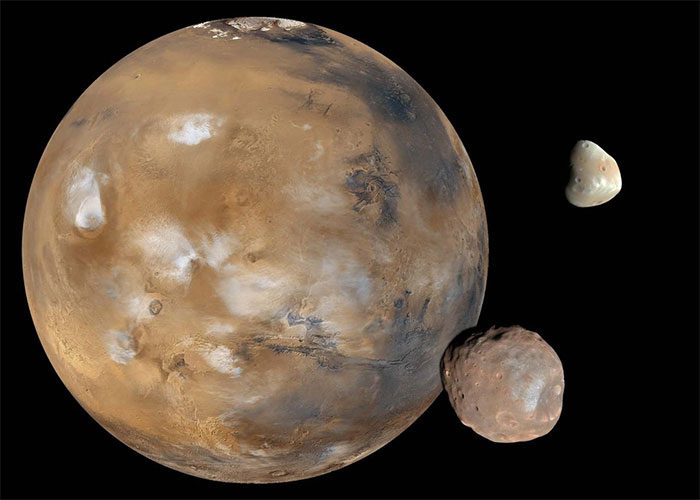
Image of Mars and its two moons Deimos (top) and Phobos (bottom). The origins of these moons remain a mystery. (Photo: DLR).
According to Space, Japan is vigorously preparing for the mission named “Mars Moon Exploration Mission (MMX), which includes collecting rock and soil samples from the moon Phobos and returning them to Earth.
The MMX mission of JAXA marks collaboration with European and American agencies, including the development of scientific instruments and hardware aboard the spacecraft.
The spacecraft will carry nine instruments, seven of which are dedicated to remote sensing and in-situ observation of Mars’ moons. It will also be equipped with a robotic arm, tasked with collecting materials from beneath the surface and placing them into a capsule.
If everything proceeds on schedule, MMX is set to launch in 2024 and reach its destination in 2025. Here, the spacecraft will commence a long-term mission, collecting rock and soil samples and conducting various scientific experiments on Mars’ moons.
The samples are expected to return to Earth in 2029. However, deploying the mission on Phobos is considered quite challenging.
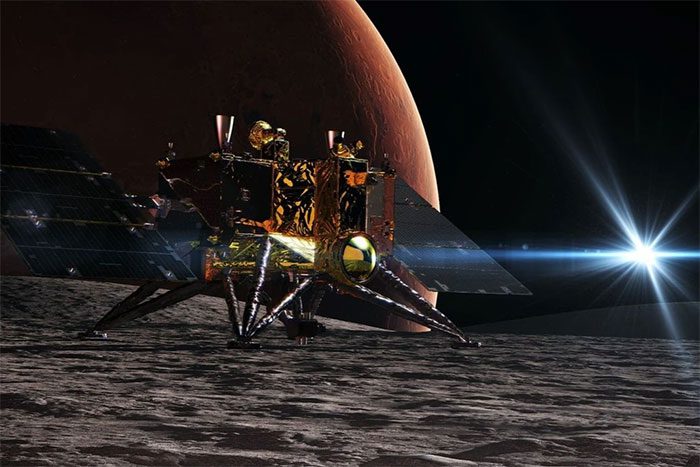
Japan is aiming for an ambitious mission to conquer Mars’ moons. (Photo: JAXA).
Phobos is the largest moon of Mars, with a radius of approximately 27 km. Its surface is covered with numerous craters and complex terrain, making movement difficult.
It is known that although the gravitational pull on this moon is only 1/2000th that of Earth’s, other factors remain uncertain. Additionally, the surface layer of Phobos has yet to be determined as being sufficiently “soft and smooth” for a safe landing.
Terik Daly, a planetary scientist at the Applied Physics Laboratory (APL) of Johns Hopkins University, acknowledges that MMX is an ambitious mission with many risks. Nevertheless, this mission is expected to deepen our understanding of the origins and evolution of Mars specifically, and the Solar System as a whole.
“Currently, we know very little, or almost nothing, about the elemental composition of Phobos,” Daly shared. “If Phobos was formed through a significant impact on Mars, it might have a relatively warm temperature and burn off volatile elements. Conversely, if this moon is a ‘captured’ object, it might originate from outside the Solar System and contain new elements.”
With two successful missions returning asteroid samples to Earth, Japan hopes this will be the next step for JAXA to showcase its capabilities in conducting scientific missions beyond Earth.








































